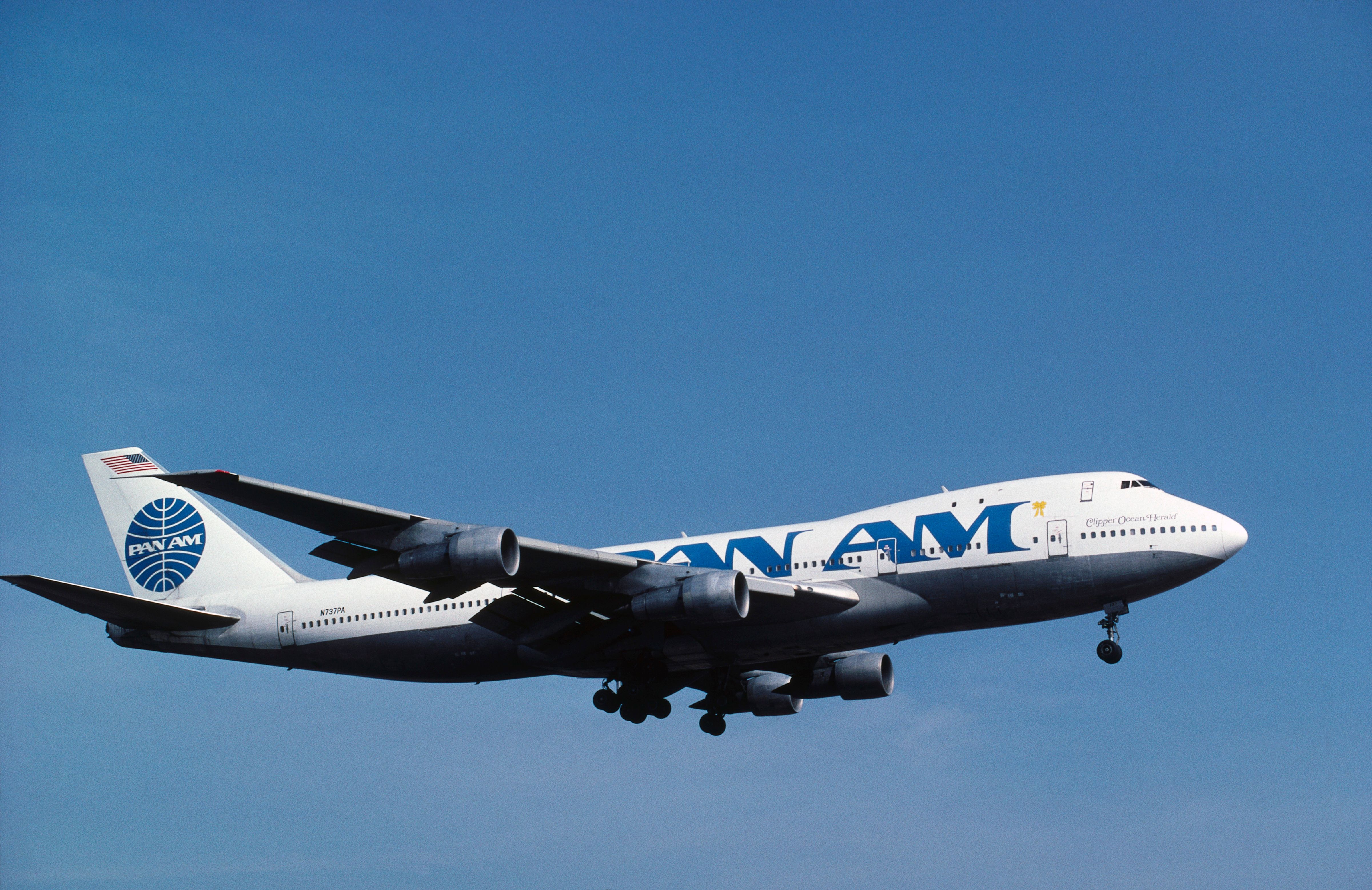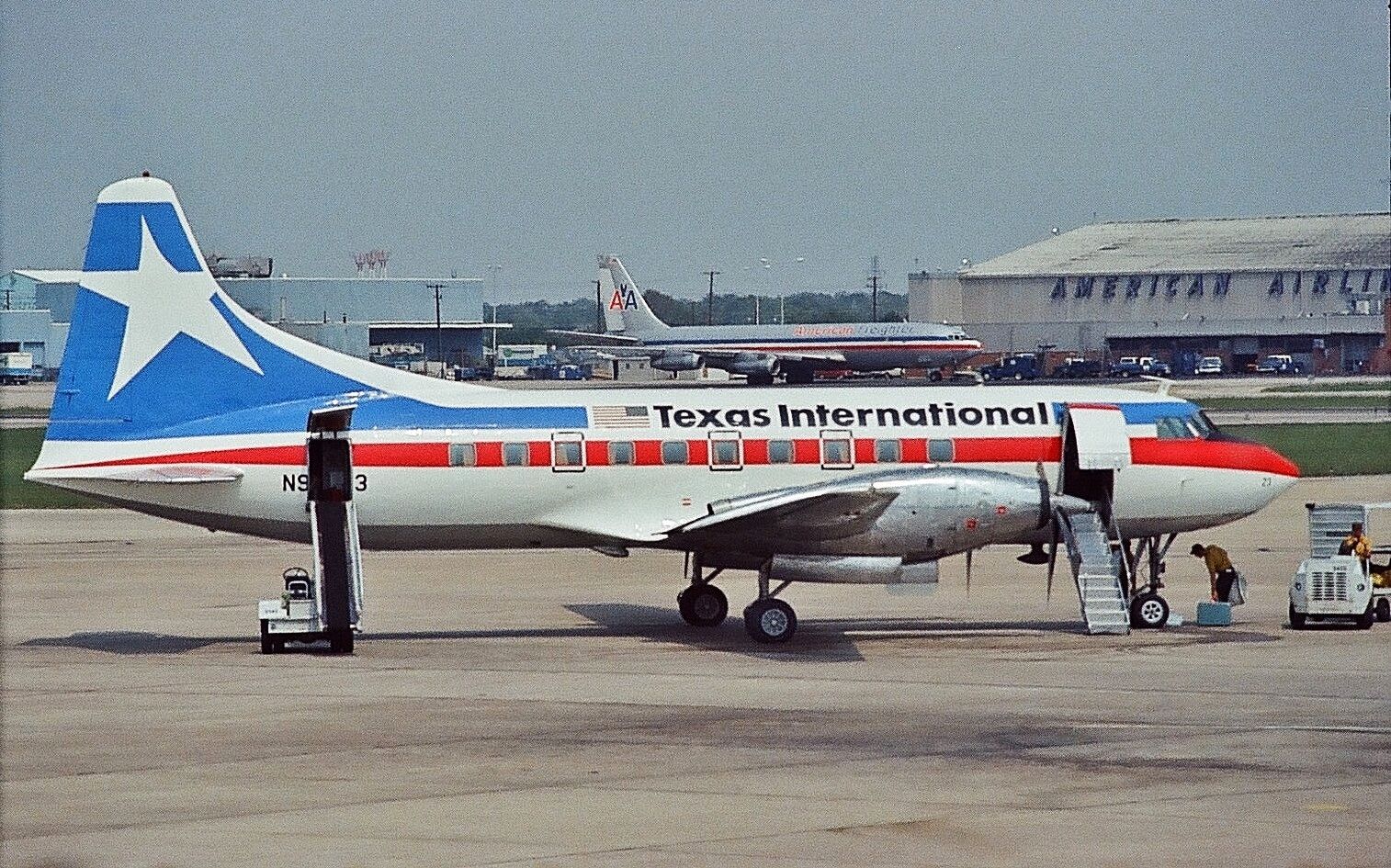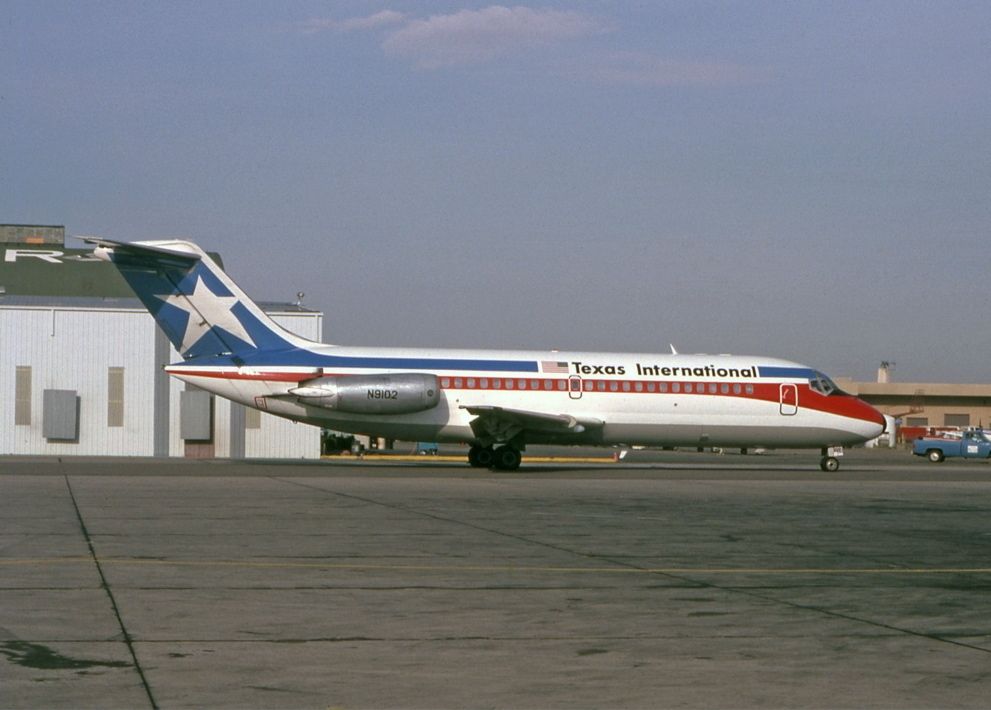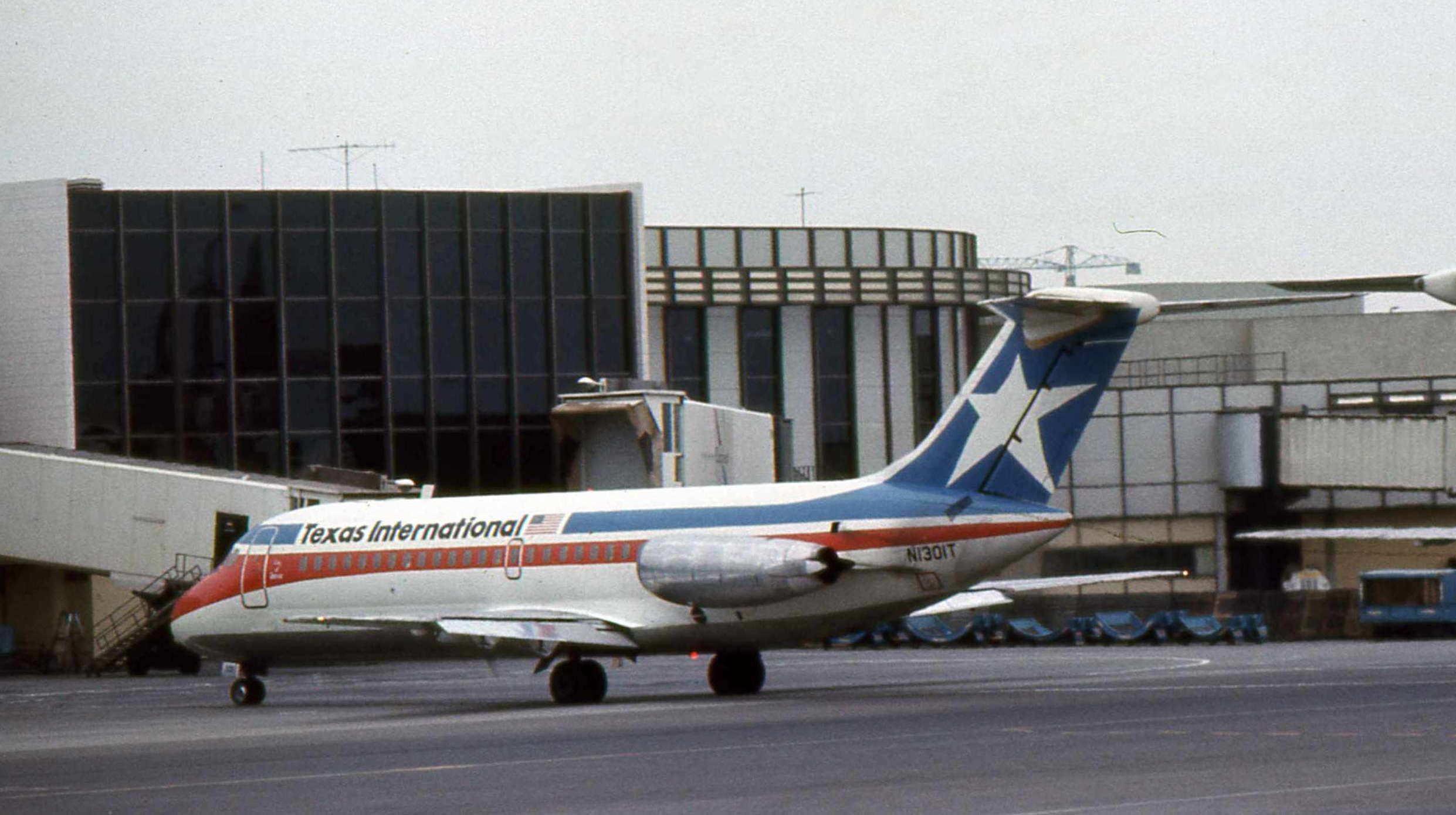Summary
- Texas International Airlines, founded in the 1940s, became a major player in the aviation industry, operating a fleet of DC-9 twinjets.
- Despite its busy schedule, the airline faced financial challenges, with yearly losses of $3 million, leading to its acquisition by Frank Lorenzo in 1972.
- Texas International Airlines introduced innovative ideas such as discounted fares and the world’s first frequent flyer program based on miles, but it eventually disappeared in the early 1980s due to company formations and acquisitions.
Tracing its roots back to the 1940s when it first came into existence, Texas International Airlines was a major player out of its hubs in the likes of Fort Worth and Houston. Before its name disappeared from the industry, the Texan carrier once flew a fleet of rear-engined McDonnell Douglas DC-9 twinjets. What happened to the veteran airline? Let’s take a look back in time and find out!
From regional to international
According to AvStop, the airline was founded as Aviation Enterprises in 1944 before changing its name to Trans-Texas Airways (TTa) three years later, in 1947. The carrier grew under this moniker, mastering its local service in Texas and nearby states. It expanded further following the arrival of the DC-9 in 1966, with data from ATDB.aero showing that it operated both the DC-9-10 and the DC-9-30.
Shortly afterward, the carrier changed its name once again in 1969, thus becoming Texas International Airlines. It covered excellent ground in the early 1970s, heading to numerous destinations across Arkansas, California, Colorado, Louisiana, Mississippi, New Mexico, and Tennessee. It even flew across the border to the likes of Monterrey, Tampico, Mérida, and Veracruz in neighboring Mexico.
However, despite the growing carrier’s increasingly busy schedule, Texas International Airlines’ yearly losses were amounting to some $3 million, meaning that it urgently required a new lease of life. Therefore, in 1972, Frank Lorenzo, with whom the aviation community is familiar amid his management of Continental Airlines, among other ventures, would be the one to acquire Texas International.
Another challenge that befell the carrier in the early 1970s was the fatal crash of Texas International Airlines flight 655 in 1973, which involved a Convair 600, as pictured above. According to the Aviation Safety Network, the flight crashed into mountainous terrain in Arkansas while operating a multi-leg journey from Memphis to Dallas. Pilot error and adverse weather were among the primary causes.
Getting creative
Via Lorenzo’s company Jet Capital Corporation, Texas International got back in the black, with a profit of $6 million soon reported. Wage cuts and intense marketing were major contributors to this figure. Additionally, discounted fares, as a result of a successful petition to the Civil Aeronautics Board (CAB), gave way to the heavily promoted Peanuts Fares, bringing the cost of travel with the airline down.

How The Airline Deregulation Act Shook Up US Aviation
The move had long-term consequences.
Among other innovations, Texas International is also largely credited for introducing the world’s first frequent flyer program based on miles. This came about in 1979, when the carrier began to use mileage tracking to provide its customers with rewards, paving the way for the loyalty sector that we know and love today.
So, with the mid to late 1970s having been punctuated by a strong turnaround and various clever ideas, it might seem to be something of a surprise to learn that Texas International Airlines would disappear soon, namely in the following decade. However, the carrier’s farewell wasn’t due to its collapse, but rather, it was because of a series of company formations and acquisitions in the early 1980s.
A rapidly-changing market
Specifically, Lorenzo formed the Texas Air Corporation on June 11th, 1980, which would act as a holding company for Texas International Airlines. The umbrella would go on to purchase Continental Airlines two years later, with the carrier merging with Texas International that autumn. It was subsequently decided that the name of Texas International Airlines would no longer be used following the merger.
Air Transportation: A Management Perspective, by John G. Wensveen and Alexander T. Wells, summarizes Texas International Airlines’ end with the following:
“Pan American merged with National Airlines in 1980, theoretically to obtain a domestic route system. However, the real significance of this merger was not that Pan American eventually won the rights to take over National, but rather that Texas International Airlines lost. With the profits from the sale of its National Airlines stock, Texas International started New York Air in January 1981. In January 1982, the Texas Air Corporation was set up to operate New York Air. In October 1982, the Texas Air Corporation purchased Continental Airlines and combined it with Texas International. Continental continued to operate as a separate entity, but Texas International went out of existence.”
While the last Texas International Airlines DC-9s were spotted in 1983, its legacy remains in the form of United Airlines, which merged with Continental in 2010.
What do you make of Texas International Airlines and its history? Did you ever fly with the carrier? Let us know your thoughts and experiences in the comments!




